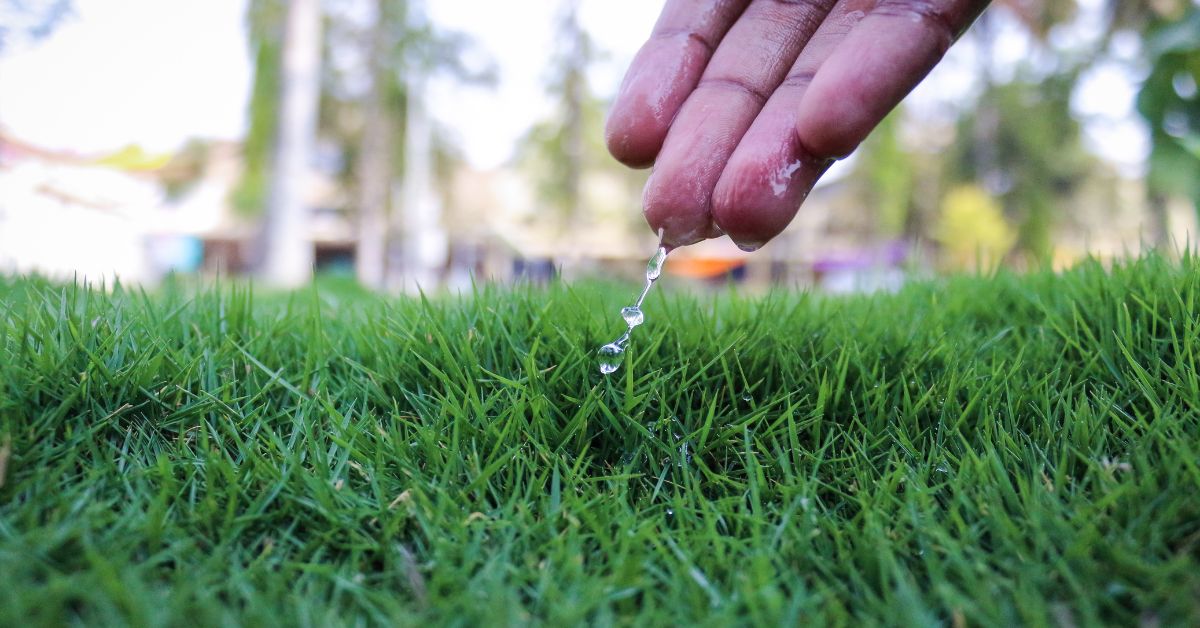Roof rats, also known as black rats, are notorious for invading homes and buildings, often living in attics and roofs. While these creatures may seem solitary, roof rats are highly social animals, living in groups or colonies. The number of roof rats that live together in one space can vary significantly depending on various factors like food availability, shelter, and environmental conditions. In this article, we’ll explore how many roof rats typically live together, their social dynamics, and what you should do if you encounter them in your home how many roof rats live together.
How Many Roof Rats Live Together?
Roof rats typically prefer to live in groups, also known as colonies. A colony can range from a few individuals to over a dozen, depending on the living conditions. These rats are highly social creatures that rely on group dynamics for survival. The number of roof rats in a group is influenced by factors like food availability, shelter, and competition with other animals. Let’s dive into the specifics.
Factors Affecting Roof Rat Group Size
The size of a roof rat colony is not fixed; it can fluctuate based on various environmental factors. Understanding these factors can help you assess the situation if you find roof rats in your home:
Availability of Food:
Roof rats are opportunistic feeders, thriving in environments where food is plentiful. They are attracted to accessible food sources, such as garbage, pet food, and garden produce. A constant food supply can encourage larger colonies, making it crucial to eliminate food sources to control infestations effectively.
Shelter:
Roof rats seek out sheltered, hidden spaces to nest, such as attics, roofs, and basements. These areas provide safety from predators and harsh weather. A warm, dry, and undisturbed shelter encourages them to establish colonies, making it important to seal entry points and reduce potential nesting sites to prevent infestations.
Predators:
Roof rats face threats from natural predators like owls, hawks, snakes, and carnivorous mammals. In areas with high predator activity, roof rats tend to form larger colonies for safety and protection. By living in groups, they can increase their chances of survival against these external threats.
Space:
The amount of available space influences the size of a roof rat colony Box Mouse Trap . In larger, more open areas like attics or wall voids, colonies can grow larger, as rats have more room to nest and move around. In smaller, confined spaces, the colony size will typically be smaller due to limited resources.
Social Structure of Roof Rat Colonies
Roof rats have a well-defined social structure within their colonies. While there may be a lot of interaction, not all members have the same role or status:
Dominance Hierarchy:
Roof rats establish a social hierarchy within their colonies, with dominant rats controlling resources such as food and nesting areas. The dominant individuals lead the group, while subordinates may have to fight for access to resources. This structured system ensures order and survival within the colony.
Breeding Pairs:
In roof rat colonies, dominant pairs typically handle most of the breeding. These pairs reproduce frequently, ensuring the colony’s growth. The female can give birth to multiple litters per year, with each litter containing up to 8 pups. This high reproductive rate contributes to rapid colony expansion.
Communal Living:
Roof rats practice communal living, sharing nesting spaces and food Rat Traps Work sources within their colony. This social behavior provides protection and enhances survival. By living in groups, they can collectively defend against predators, regulate temperature, and increase access to resources, ensuring the colony’s well-being and continuity.
How Many Roof Rats Can Live Together in a House?
In your home, the number of roof rats that live together will depend on the space available. They are likely to inhabit attics, basements, or wall voids. If left unchecked, these rodents can multiply quickly:
-
Small Spaces: In small, confined spaces like a typical attic, you may find anywhere from 2 to 6 rats living together.
-
Large Spaces: In larger, more spacious areas, roof rat colonies can grow to 10-12 individuals or even more.
Roof Rat Breeding Habits and Colony Growth
Roof rats are prolific breeders, and their colonies can grow rapidly. Typically, a female roof rat can give birth to up to 8 pups at a time and can breed multiple times a year. Here’s how their breeding habits influence colony size:
-
Fast Reproduction: A single pair of roof rats can produce 40 to 50 offspring in one year under ideal conditions.
-
Multiple Litters: Females can become pregnant again within 24 hours after giving birth, ensuring the rapid growth of the colony.
-
Population Explosion: Due to their high reproductive rate, a small group of roof rats can quickly multiply into a large colony.
How to Prevent Roof Rats from Living Together in Your Home
If you find roof rats in your attic or home, it’s essential to act quickly to prevent them from multiplying. Here are some preventive measures:
-
Seal Entry Points: Ensure there are no openings or cracks in your roof or walls through which roof rats can enter.
-
Remove Food Sources: Store food in sealed containers, and clean up any crumbs or leftovers that could attract them.
-
Traps and Baits: Set traps or use baits to reduce the number of rats in your home.
-
Professional Help: If you have a large infestation, it’s best to call in a pest control expert.
FAQ
Here are some frequently asked questions about roof rats and their social behavior:
Q: How many roof rats can live in an attic?
A: The number of roof rats in an attic can vary from a couple of individuals to over 12, depending on the size of the space and available resources.
Q: Do roof rats live alone or in groups?
A: Roof rats are social animals and prefer to live in groups or colonies for safety and resource-sharing.
Q: How do roof rats breed?
A: Roof rats breed prolifically, with females capable of giving birth to multiple litters each year. A single pair of rats can produce dozens of offspring in a year.
Q: What attracts roof rats to homes?
A: Roof rats are attracted to homes due to food sources, shelter, and warmth. They often enter attics, roofs, and walls to find these resources.
Q: How can I get rid of roof rats?
A: To get rid of roof rats, seal all entry points, eliminate food sources, and use traps or baits. If necessary, call a pest control professional.
Conclusion
Roof rats are highly social animals that live in groups or colonies. The size of these colonies can vary depending on factors like food availability, shelter, and environmental conditions. In a typical household, roof rat colonies can range from a few individuals to over a dozen. However, their ability to breed rapidly means that a small infestation can quickly turn into a larger problem. Preventing roof rats from living in your home requires careful attention to sanitation, sealing entry points, and, if necessary, professional pest control.







